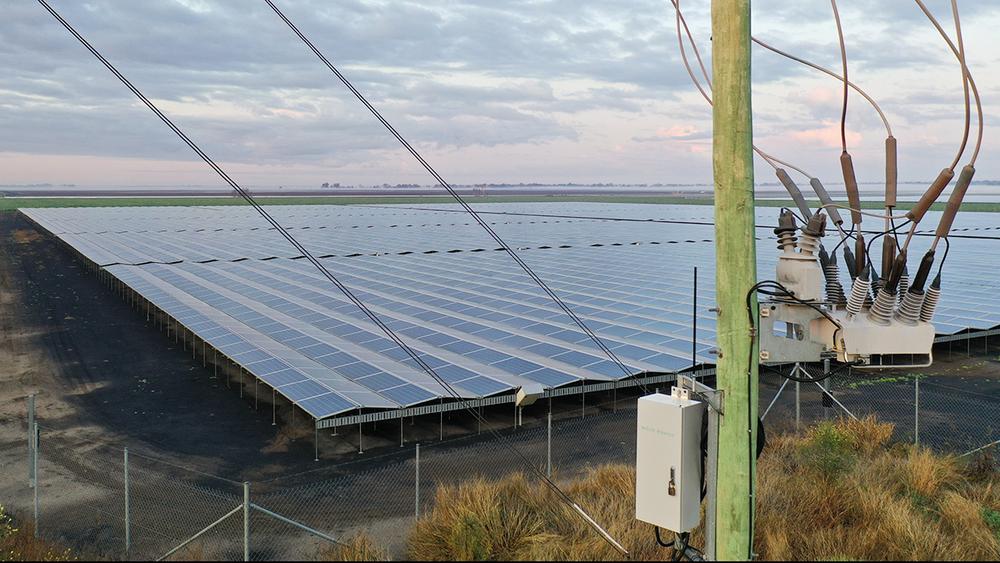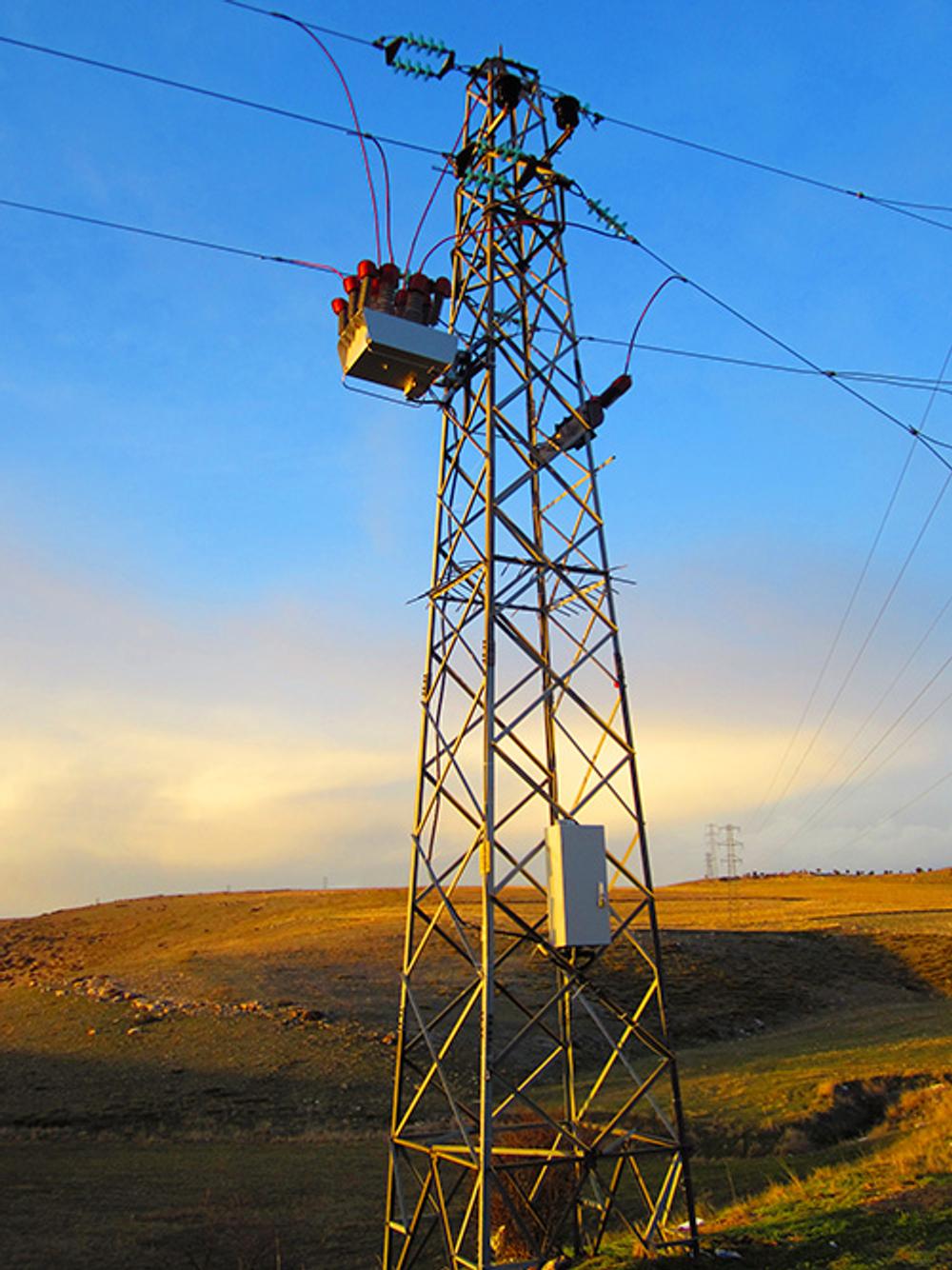Technical Article
Published 04/2024
Battery Options for Recloser Controllers

Uninterruptible Power Supplies (UPS) for recloser controllers are an important engineering consideration. The UPS in a recloser controller allows the system to ride through the momentary outages during normal Recloser network operation.
Devices such as NOJA Power’s RC-10 can survive up to a week on battery only. Remote control remains fully functional, and when the protected line is re-energized, the device is immediately ready to respond to faults.
Given that modern Recloser systems are designed to be maintenance free, the selection of battery type effectively defines the maintenance interval.
When the battery fails, maintenance is required. Longer lasting batteries reduce the number of maintenance visits. Cheaper batteries require more frequent visits for replacement. Engineers can design for cheaper upfront (Capex) costs or cheaper operational costs (Opex).
In this article, we cover the three most common battery options selected for NOJA Power’s OSM Recloser Controller systems, in descending order of popularity, and ascending order of capital cost.

Conventional Lead Acid Battery
NOJA Power Part Code BAT-0004
The standard offering in a NOJA Power RC-10, RC-15 and RC-20 controller is a 24 Ah Valve Regulated Lead Acid (VRLA) battery. This unit uses an Absorbent Glass Mat (AGM) design, and is valve regulated.
These units are a form of sealed lead acid battery designed for general purpose and standby applications.
A healthy BAT-0004 in a NOJA Power RC-10 can give up to a week of standby time. However, Battery aging in these units is accelerated by high ambient temperatures. While the average service life of these batteries is 4 years, high ambient temperatures can cause premature degradation in as little as 18 months.
Mild climates suit this battery type well, but regions with high ambient temperatures generally consider the TPPL type.
Thin Plate Pure Lead Type, Metal Jacket Battery
NOJA Power Part Code BAT-11
These higher performance lead acid batteries combine Thin Plate Pure Lead (TPPL) technology with an optional metal jacket enclosure. This architecture reduces the impact of physical swelling or contraction of the battery under heat, stress or high charge currents.
This added technology gives the battery a wide operating temperature range, from -40 to +80 degrees Celsius. Field reports for performance of this category of battery indicate over 8 years of service, compared to the 4 years service of the conventional NOJA Power RC battery.
The TPPL Metal jacket battery is the standard NOJA Power recommendation for high and low temperature environments, and can reduce operational maintenance visits by up to 50% over the life of the Recloser. In regions where operational costs are high, and devices remote, the more cost effective choice is the TPPL metal jacket type.

Lithium Ion Batteries
NOJA Power Part Code BAT-0009
Global development of Lithium Ion batteries has grown exponentially with markets for electric vehicles, power tools and electronic devices.
Lithium Ion is selected for its higher energy density per weight, making it the desired battery type of choice where mobility is concerned.
However, mobility is not generally a requirement for a Recloser installation.
Lithium ion batteries also require temperatures above zero degrees Celsius for charging to occur. Attempting to charge a lithium battery at sub zero temperatures causes dendrites to form within the battery, causing failure.
Unlike lead acid options, some lithium batteries cannot be air-freighted, making servicing recloser controllers that use Lithium batteries more challenging.
Nonetheless, there is an option for a lithium battery choice within the NOJA Power OSM Recloser Control. It is limited in operating temperature range between 0 to 40 degrees Celsius, but offers an increased storage capacity for longer holdup times.
Conclusion
“In extreme temperature applications and remote location applications investing in a longer life battery is a sensible investment,” says NOJA Power Group Managing Director Neil O'Sullivan.
Engineers must balance operational costs against capital costs when selecting a battery type. Environmental factors also impact the battery type selection.
In mild climates, the standard NOJA Power VRLA battery type is most commonly selected, but any region with greater temperature extremes or costly operational field staff expenses should consider the TPPL Metal Jacket battery type.
For more information, visit www.nojapower.com.au or contact your local NOJA Power Distributor.
Want to stay up to date with Electrical Distribution Technology?
Join our list for a free weekly technical bulletin, as we share our Global Electrical Engineering experience directly to your inbox.
Subscribe →